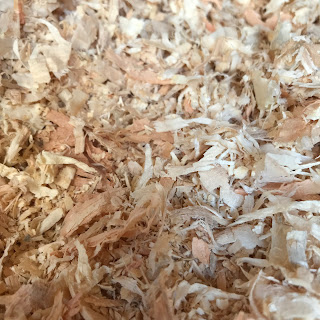5 Tips To Keep Your Chickens Mite-Free

5 Tips To Keep Your Chickens Mite-Free May 29, 2022 (Hammy staring soulfully into the camera :) I believe that I've figured out 5 ways to keeping your flock mite-free. Naturally. 1. Dust Baths Providing your flock a dust bath year round is probably your best defense against not only mites, but lice, ticks, fleas and other biting parasites. A kiddie pool or small tub filled with dry dirt, sand, wood ash and dried herbs like lavender, rosemary, thyme and mint makes a wonderful dust bath. If your chickens free range at least part of the day, they'll find their own spot to bathe in. My girls seem to like taking their dust baths in the herb garden....coincidence? I think not. 2. Add Some Herbs In addition to adding some herbs in the dust bath area, sprinkling aromatic herbs in the nest boxes or hanging them in the coop is another good idea. In general, insects, rodents and other pests don't enjoy the strong scent of herbs. 3. Dry The Coop Diatomaceous earth or ...



